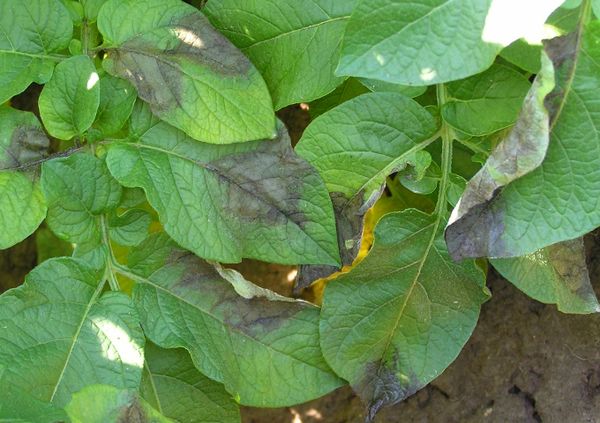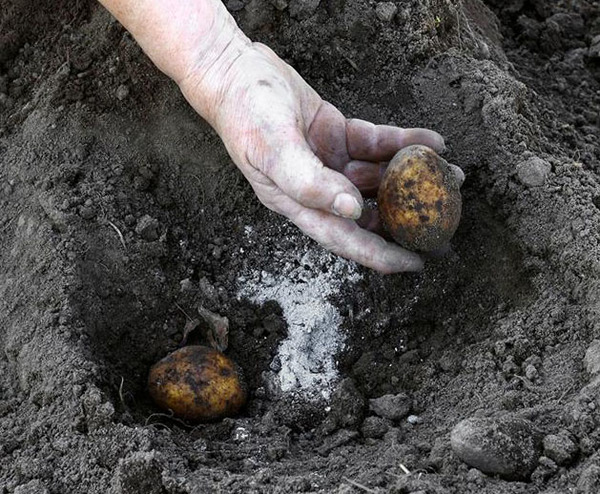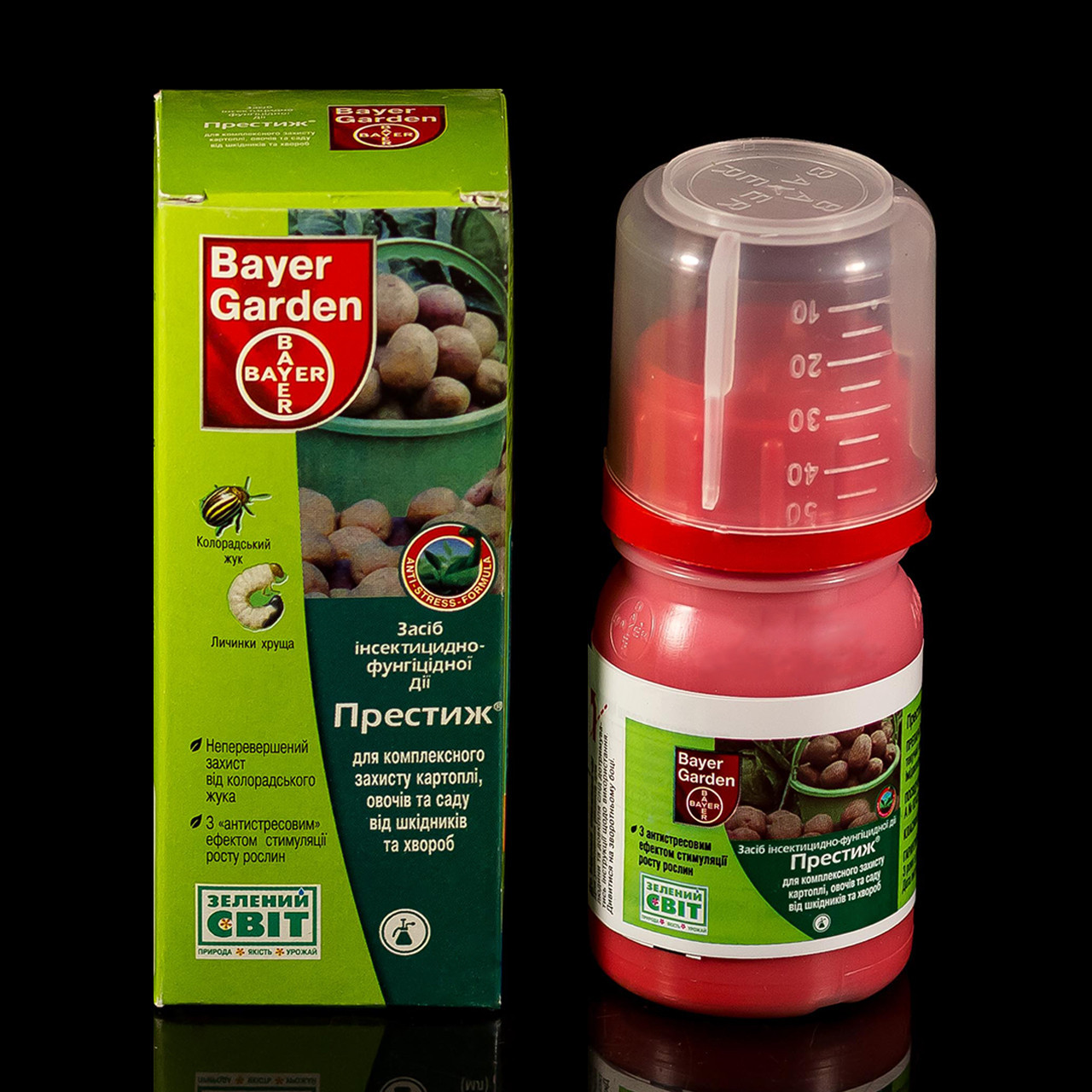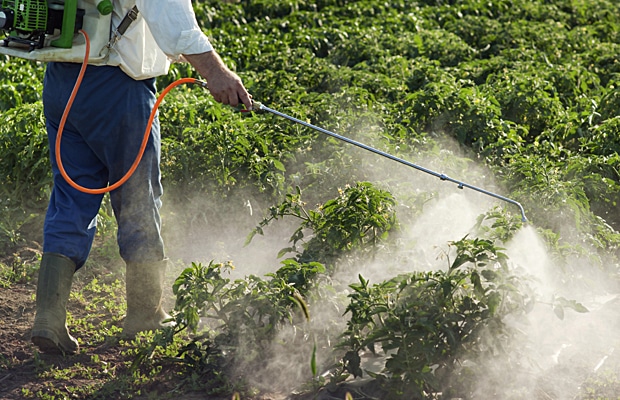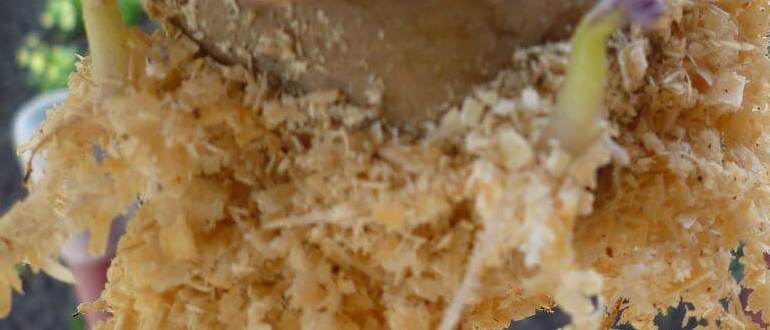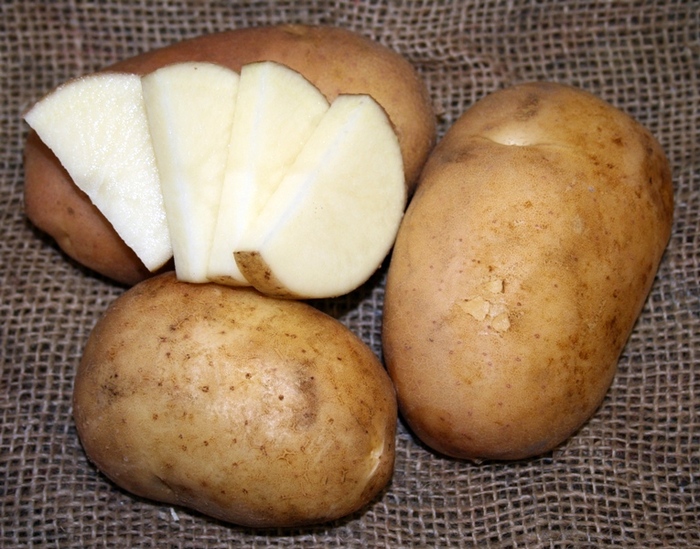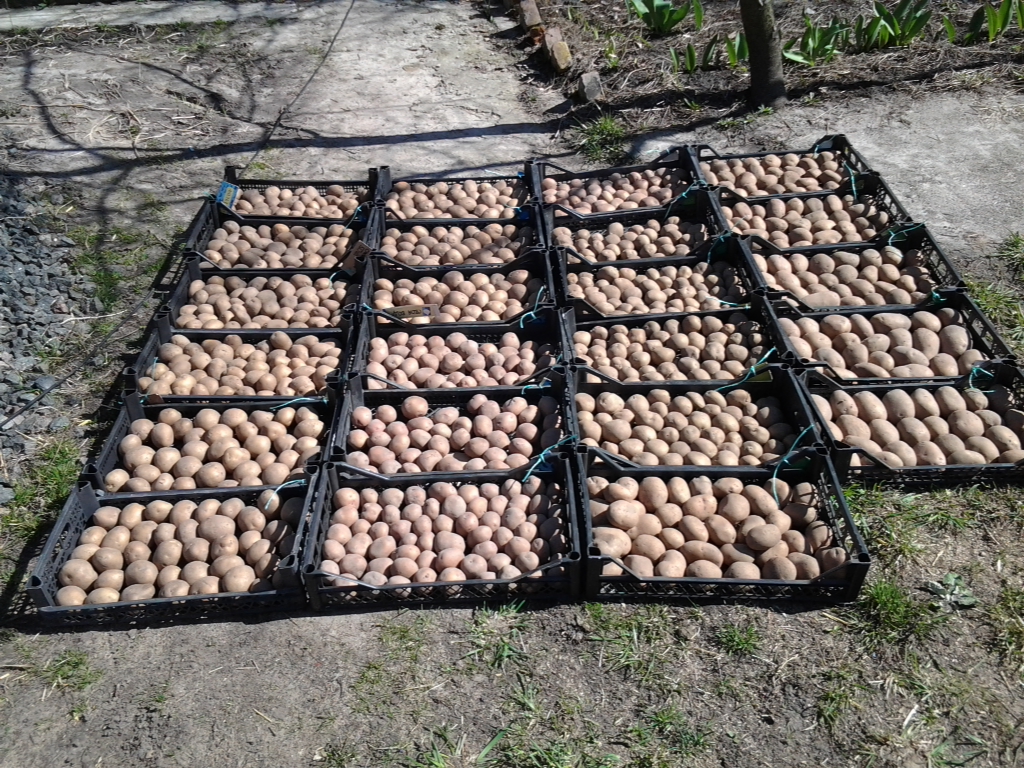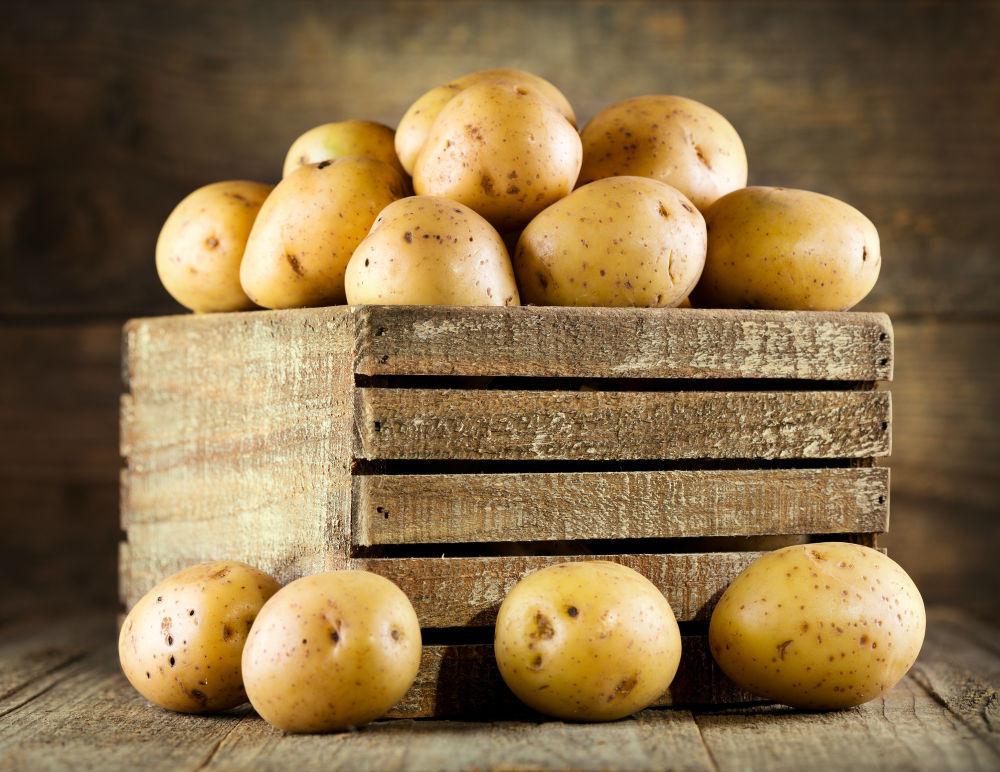Content:
Disease information
Potato phytophthora (brown rot) is one of the most common fungal diseases. The infected plant becomes a hotbed of infection for all bushes planted on the site. With widespread late blight, summer residents lose two-thirds of the possible harvest. The active development of the fungus begins in the middle of summer. At this time, the spores of the pathogen Phytophtora infestans begin to spread by all available means.
Than this disease threatens
- The infection spreads not only to potatoes, but also to other types of Solanaceae;
- Tubers lose their presentation and useful properties, taste deteriorates;
- If you do not take measures to eliminate the disease, then you can lose the entire crop;
- Resistance to all diseases decreases, potatoes are at risk;
- Potato late blight spreads even after the tubers are laid for storage, which means that during the winter you can lose all planting material.
Symptoms
It is quite simple to determine the presence of the disease, since the signs are pronounced:
- An obvious painful depression of the foliage;
- Branches are covered with a brown bloom and wither;
- The leaves become brown with black spots; a whitish bloom forms on the back. Leaves near the ground are infected first;
- The stems become covered with gray spots, which grow together into a single whole, and the branch dies;
- The ground part of the potato becomes fragile and vulnerable. The stems break easily, and the flowers fall off or the ovaries are not formed at all;
- Inside the tuber, under the skin, brown spots spread on the pulp, which penetrate to the core, causing the fruit to rot.
Preventive measures and treatment
Prevention
Very often, preventive measures of protection are enough to avoid the occurrence of fungus:
- Treatment of potatoes before planting from late blight. You can protect the tubers with a decontamination treatment in the spring. The best drugs are Prestige, Fitosporin, Commander Plus and Maxim. Planting material must be sprayed with a solution prepared strictly according to the instructions. Any chemicals used in the wrong dosage become toxic not only for diseases and pests, but also for humans. Before processing potatoes before planting against late blight, you need to put on personal protective equipment (glasses, a suit, gloves, a respirator), lay out the protective film on which the tubers will be processed, and find out the direction of the wind. These measures will protect against possible poisoning;
- Compliance with the rules of crop rotation. You need to change the site every 3-4 years. Growing oats a year before planting potatoes disinfects the soil from fungus. Legumes and lupines are good precursors to potatoes. It is strictly forbidden to plant potatoes after Solanaceous crops. Plants belonging to the same family are carriers of infections for each other;
- Selection of varieties with high immunity against late blight. For the North-West and Central regions, the Wizard, Fairy Tale, League are recommended. Equator, Santa, Timo are suitable for the Urals and Siberia;
- Choosing a suitable soil or improving the composition of the existing one.The soil should be light, soft, breathable, with deep groundwater. On heavy wet soils, it is recommended to pre-apply sand, humus, humus and peat;
- The potato planting area should be flat and well lit. If there is a large slope, then moisture will accumulate in the lowland, in the shade the humidity is always higher than in the sun;
- Fertilization regulation. Nitrogen fertilizers are needed in order for the tops to develop well, therefore, with the beginning of the formation of ovaries, the need for nitrogen disappears. Potassium and phosphorus, on the other hand, are very necessary for potatoes at the time of tuber formation, which occurs during flowering;
- Before storing tubers, inspect them carefully. In autumn, after harvesting, the fruits are well dried for several days in a dry, well-ventilated area. After that, you need to select healthy material. If any suspicious stains are found, the potatoes must be disposed of. This will protect the stored potatoes from mass death;
- Hilling and loosening row spacings with simultaneous weeding protect the fruits from infection, as air exchange improves and the moisture content of the earth decreases. The higher and thicker the soil layer after hilling, the less likely it is to infest the stems.
Prevention allows you to minimize losses or completely prevent the development of the disease. If the moment is missed, and late blight is clearly outlined on the potatoes, control measures are taken. Natural death of the fungus is possible only if long-term dry and hot weather is established.
Folk ways
It is impossible to get rid of neglected forms of late blight with infusions and solutions. These agents will have a powerful preventive effect or block the spread of the fungus in the early stages.
Phytophthora on potatoes, how to deal with folk methods:
- Copper sulfate treatment. It is very important to observe the dosage, as a highly concentrated solution can burn the leaves. For preventive treatment, the consumption rate is 10 g per 10 liters of water. If it is necessary to process bushes on which a fungus is found, then the concentration of copper sulfate is increased 10 times (100 g per 10 liters of water). Such a solution is usually quenched with 150 g of lime. In garden stores, you can buy a ready-made drug, it is called Bordeaux liquid. In the description on the package, dosages and consumption rates are detailed;
- Kefir solution. It is known that lactic acid bacteria destroy myceliums. To prepare the solution, take 1 liter of expired kefir and dilute it in 10 liters of water. The resulting composition should be infused for 3 hours. Processing with kefir infusion can be done weekly, until the harvest is due;
- Garlic tincture. Garlic (100 g) is rubbed on a fine grater or crushed with a press, and then pour 10 liters of water and leave for 1 day. This solution is sprayed on potatoes once a week for 1 month.
Chemical treatment
There are 3 groups of drugs:
- Protective. These funds work before the dispute spreads. If the plant is already sick, then the use of this group of drugs is meaningless. Principle of action - they kill spores that have fallen from the outside to a healthy plant, therefore, no further development occurs;
- Medicinal. These are drugs with a preventive action. They inhibit the pathogen, as a result of which it loses its ability to reproduce;
- Destructive. They kill spores and hinder the development of new ones.
According to the degree of penetration into the structure of tissues, means are:
- Superficial. Their action is based on the contact of the drug with the pathogen on the outer parts of the plant. This group includes: Bordeaux mixture and copper sulfate, which is part of it, Shirlan, Kurzat R and others;
- Intermediate. They act in leaf tissues. The most famous means of this group are Acrobat MC and Thanos;
- Complex. They are distributed in all organs: leaves, roots, stems, tubers.They move inside tissues along the path of the plant sap and nutrients. Preparations: Ridomil GOLD MC, Metaxil.
The first chemical treatment is performed when the tops grow up to 0.25 m. The use of surface agents in this case is inappropriate, since they will not protect the plant from disease if the spores spread from the inside (through the planting tubers). The use of complex preparations is also unacceptable, since instead of destroying pathogenic spores, mutation and reproduction of a colony of resistant spores can be obtained. For the first treatment, preparations of the second (intermediate) group are suitable. The active ingredients envelop the leaves with a protective film that does not disappear after rain or watering. Molecules acting inside the plate eliminate spores spreading from the seed.
The second time the potatoes are processed after 1-1.5 weeks. During this period and before the onset of flowering, complex products work best, since their active ingredients circulate easily in the tissues of the young plant.
The last spraying is necessary in order to protect the formed tubers. During this period, surface chemicals are most effective, as the crop has already formed and is gaining strength.
In total, during the summer season, the site needs to be processed about 5 times with a frequency of 1.5 weeks. In rainy weather conditions, the intervals between spraying are halved, as the product is washed off. The number of treatments, respectively, is doubled. In order for the active active substances of the chemicals to have time to completely dissolve in the tissues of the tubers, the last treatment must be carried out 3 weeks before harvesting. For processing, it is optimal to choose morning or evening hours and dry weather. The first spraying must be done most thoroughly, treating each leaf from above and below. Further processing can be more general, without elaboration.
If late blight appears on potatoes, then the plants will have to be treated all season before laying for storage. The key to success in combating this disease is the timely detection of diseased parts (leaves, shoots, stems). In the event of a massive defeat, it will most likely not be possible to save the crop. Therefore, great efforts must be spent on preventive measures in order to prevent the multiplication of spores. There is no need to try to cure a diseased plant, it must be urgently disposed of before it becomes a carrier of infection for neighboring branches.
